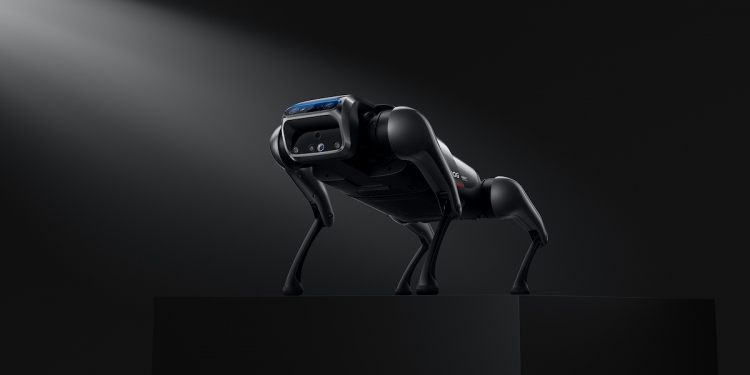Xiaomi just launched the CyberDog: a dog-like robot with four legs that runs on the smallest AI supercomputer, the NVIDIA Jetson Xavier NX. They announced that the CyberDog would be open source, allowing developers to see how it works and even add future functionality to the robot.
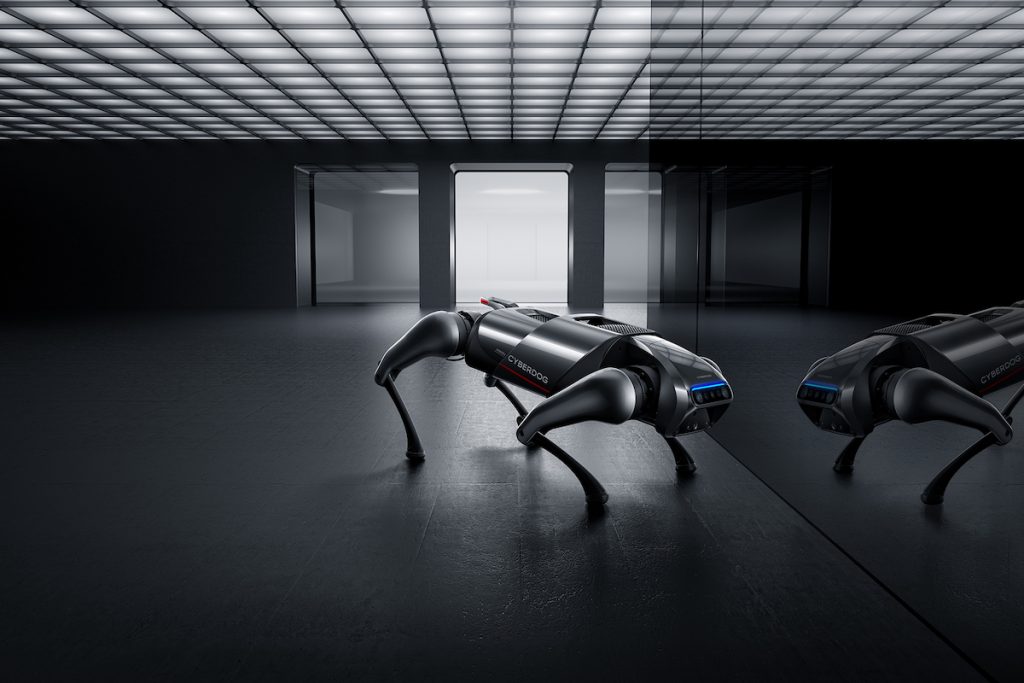
How does the CyberDog work?
Although it looks small and sleek, the CyberDog is powerful with its custom servo motors being able to deliver up to 32N·m of max torque output and 220Rpm of rotation speed. The robot is able to run a max speed of 3.2 metres per second. The NVIDIA supercomputer it’s running on is powered by 384 CUDA Cores, 48 Tensor Cores, a 6 Carmel ARM CPU, and 2 deep learning acceleration engines, making robot able to process 21 trillion operations per second.
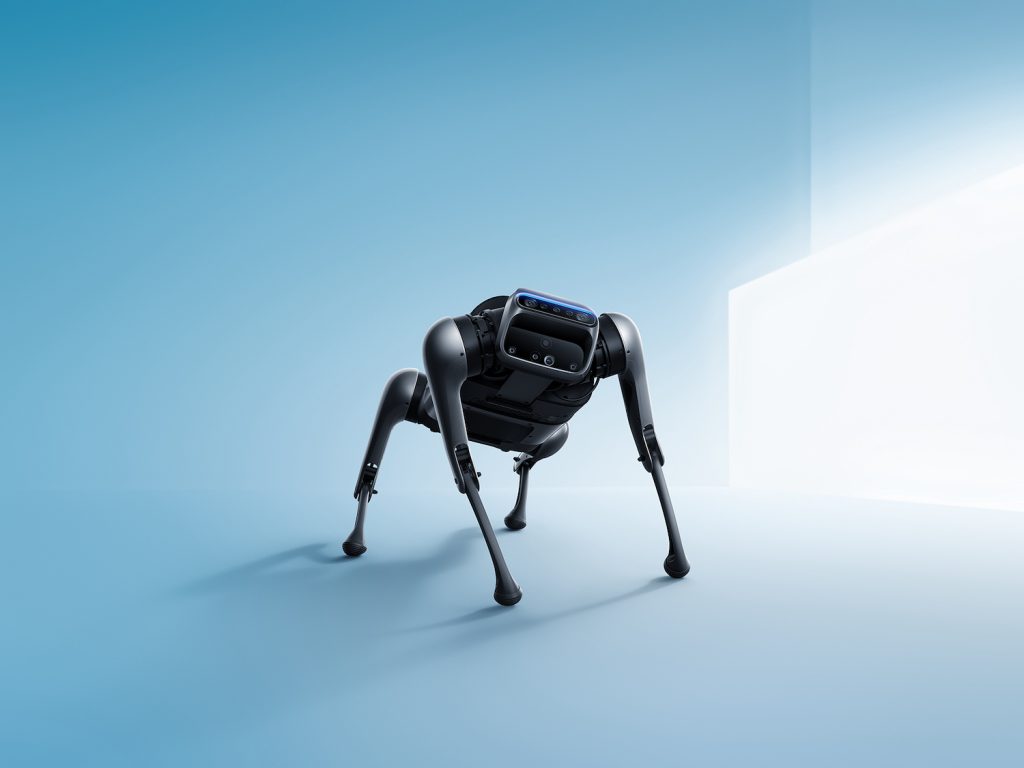
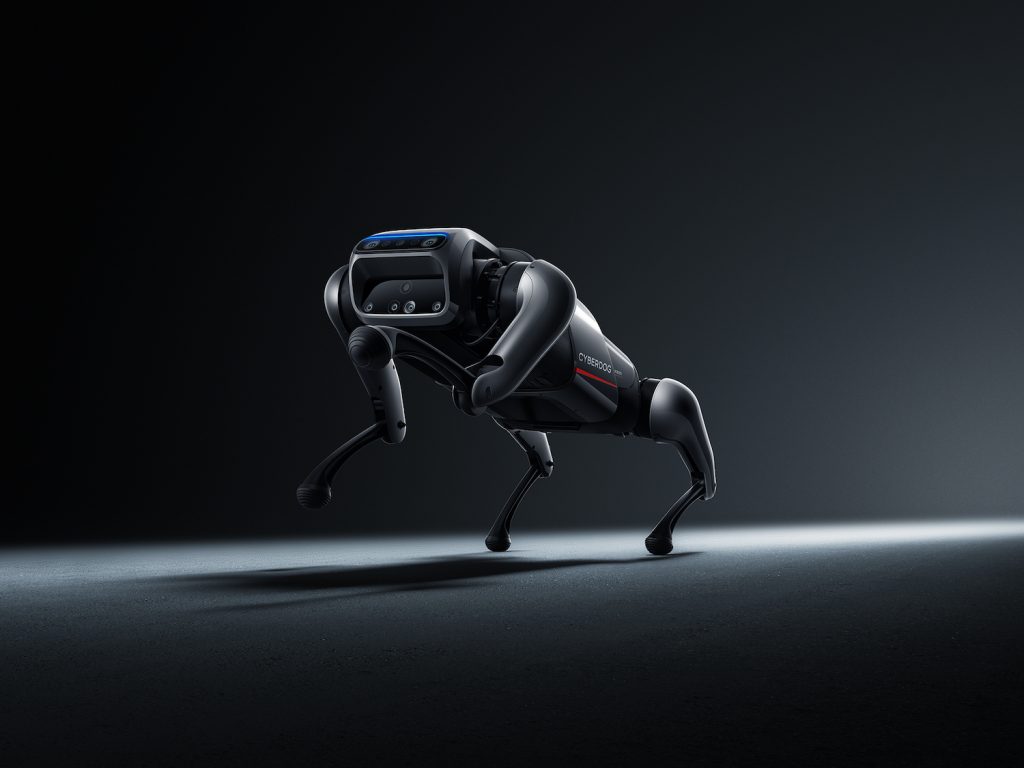
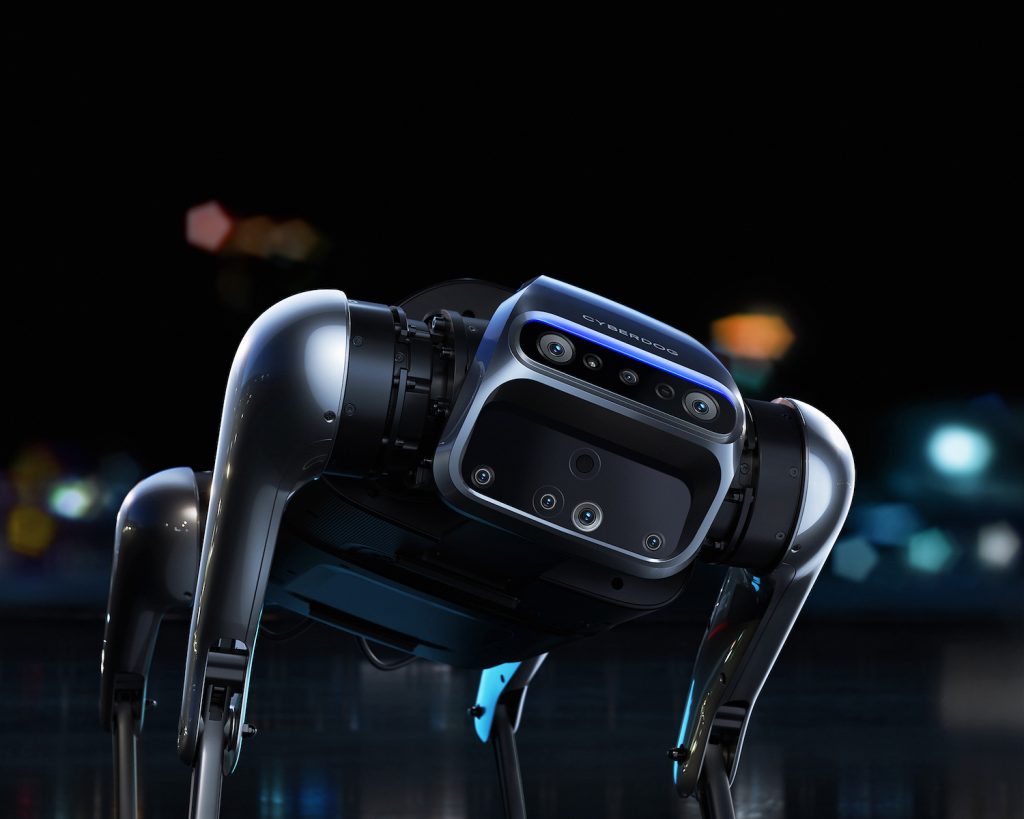
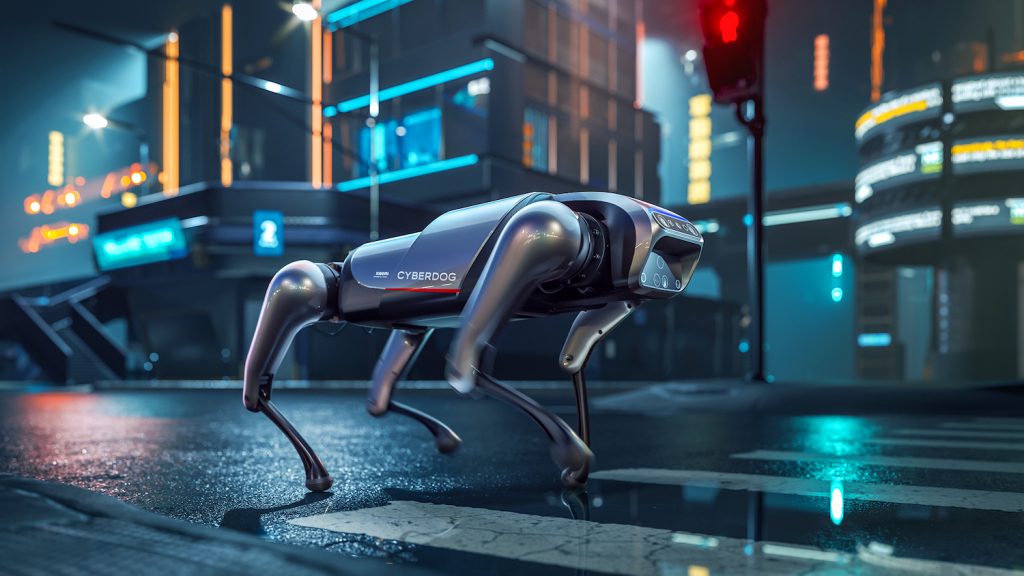
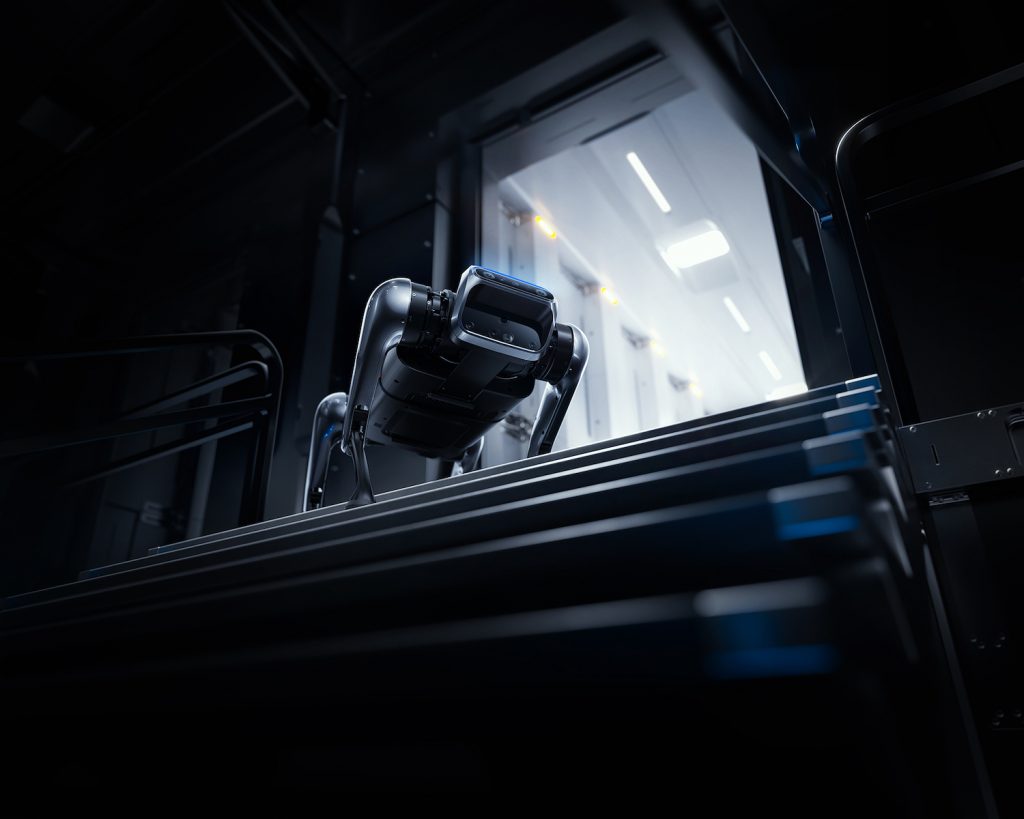
The CyberDog sees the world through its 11 sensors, which are a mixture of cameras, touch sensors, GPS modules, an Intel depth module, and more. Using these inputs, the robot is able to recognise different objects, facial expressions, and postures to track and follow its owner. Voice commands also work, allowing the user to command the robot to perform unique tasks.
Comparisons to Boston Dynamics’ Spot
The CyberDog looks extremely similar to Spot, Boston Dynamics’ $74,500 (about RM316,000) robot dog. Boston Dynamics spent many years developing Spot, and some have said that Xiaomi is simply copying them. While this is probably true, it does not make the CyberDog any less of an accomplishment. Making a bio-inspired robot is extremely hard, and it takes a team of very talented engineers to pull it off.
The comparisons are interesting when you compare the two robots. Both of them are very similar in design, but Spot’s movement looks much more natural. As the CyberDog has just launched and is waiting for the open source community to help it grow, it does not have a lot of nuance in its movements currently. Sure, it can do backflips and stand on its hind legs, but Spot can do much more while dynamically responding to its surroundings.
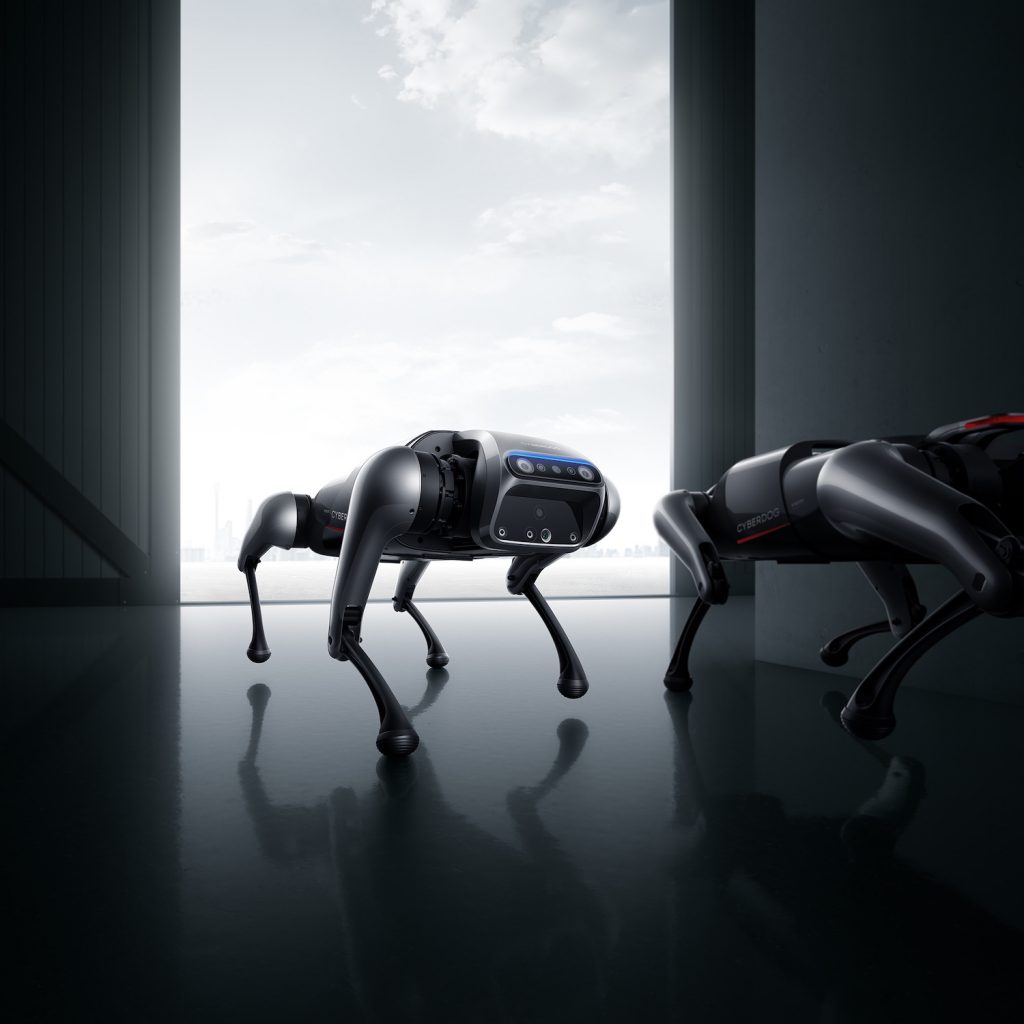
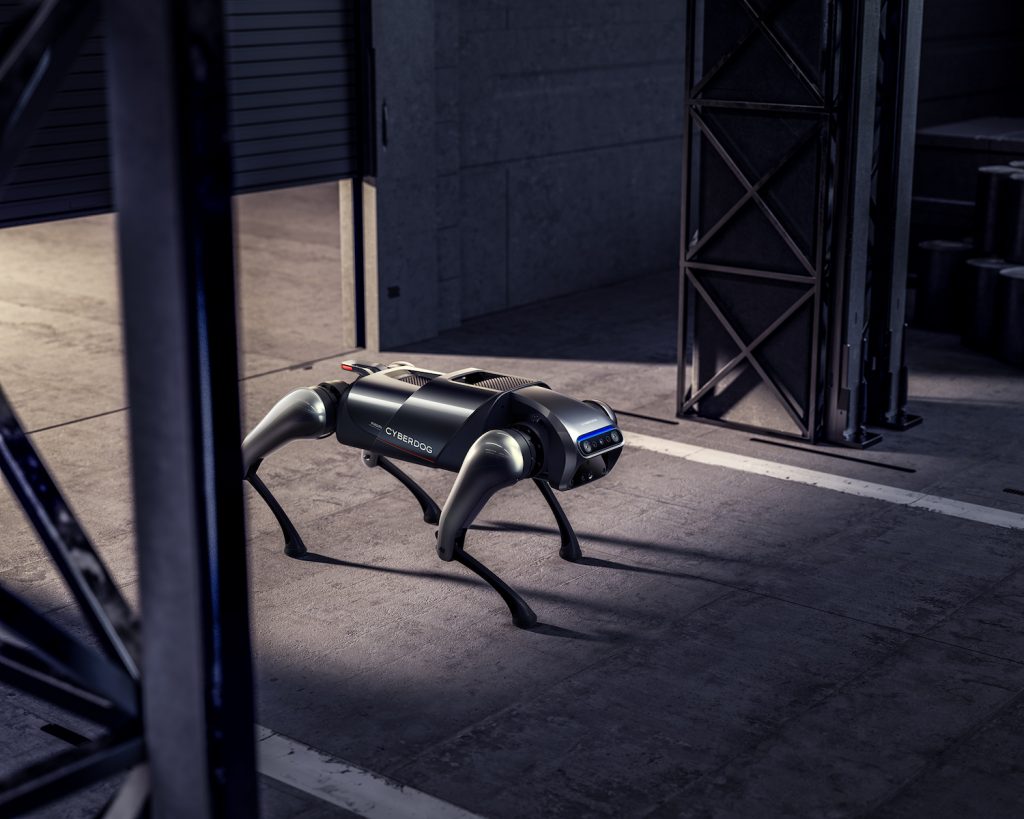
Xiaomi will only be releasing 1,000 units of the CyberDog to fans and employees, and it will only cost RMB 9,999 (about RM6,538). With this price, you can see how comparing it to a RM316,000 robot dog might be unhelpful. A better comparison would be to Sony’s Aibo ERS-1000, a $2,899.99 (about RM12,293) robotic puppy. Functionally, it is meant to be more of a companion than anything else, which I think is what Xiaomi was going for. Being similar to both of these products and cheaper than both of them, it will be interesting to see how the CyberDog progresses in the future.



It’s just like Black Mirror
When Spot was first launched, it met a lot of backlash from people worried about the future of robotics and how it might harm society. In 2017, dystopian TV show Black Mirror released an episode called ‘Metalhead’, where a robotic dog was seen killing humans and demonstrating the ruthlessness that a robot could have.
That Black Mirror episode was specifically inspired by BigDog, a quadruped military robot also done by Boston Dynamics. Although the project was discontinued, they still haven’t given up in similar utilities as the French army and the NYPD have both tested the use of robots like Spot.
Although new technology can always seems scary, it is important to view its progress in a positive but critical way. Putting powerful tools in the hands of groups that might abuse their power can be very dangerous and we can only hope that these companies follow the laws of robotics and prevent any possible harm to humans.
[ SOURCE ]
Hands-on with the Xiaomi Cyberdog
We got to check out the Xiaomi CyberDog in Malaysia. Check the video out for more details:

